Popular music in Kenya
By Amadi Kwaa Atsiaya
From rural villages to urban hotspots, popular Kenyan music continues to change with the times. Kenya’s popular music scene has experienced a steady evolution from the early days of colonialism to independence to the present day. The playing field has expanded considerably from the live stage and radio to include television, internet and the mobile phone, as avenues through which music is consumed. This text provides an overview of the key developments and phases in Kenyan popular music over the years.
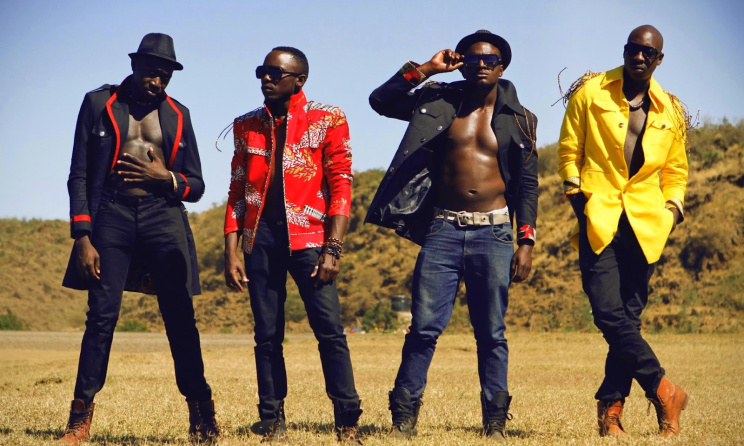 Kenyan Afro-pop group Sauti Sol. Photo: www.nairobiwire.com
Kenyan Afro-pop group Sauti Sol. Photo: www.nairobiwire.com Eric Wainaina. Photo:www.upnairobi.com
Eric Wainaina. Photo:www.upnairobi.com
The guitar
During the colonial period, guitar music was at the height of its popularity in Kenya. Musicians developed new local styles and nuances for the guitar, a foreign instrument. There was also influence from neighbouring parts of central Africa, particularly the Congo. Congolese Swahili singers such as Bosco Mwenda developed an African guitar style that resonated well throughout the region.
At the coastal town of Kenya, two major developments can be recognized. The continuation of the revolution started in the early 20th century by the likes of Siti Binti Saad, who liberated Taarab from the Sultan’s palace in Zanzibar and brought it to the market square. Taarab music, with its multiple influences from the East African coast cultures and its interactions with the outside world, developed into an authentic coastal Kenyan style, exploring themes that were quite at home with the young nation.
Secondly, coastal communities also developed their own brand of music, based on their native chakacha and other styles, manipulating the keyboard in a way that for years to come would be identified with the Kenyan coast, as exemplified in the music of coastal jazz groups such as Mombasa Roots, Them Mushrooms, Bahari Boys, Hodi Boys and the Pressmen Band.
Urban spaces offer a hotbed of political and social activities, a melting pot of the many cultures of Kenya. As people moved from rural areas to urban areas in search of jobs, they brought with them the music of their communities, which they tried to fit into this nascent urban culture. At the same time, residents of urban areas were exposed to international trends, resulting in Kenyan popular music also being shaped by elements borrowed from American pop and blues, Caribbean beats and other African sounds like kwela from down south.
Kenya’s Independence
Kenya’s independence in 1963 coincided with the spread of independence throughout the continent. It was a difficult time and many newly independent nations were grappling with the complexities of statehood. Instability in some of these countries led to internal strife and relocation.
Kenya found herself playing host to a number of fellow Africans, some of whom were musicians who had an effect on the local music scene. Some of these musicians did not come to Kenya as refugees but rather to find commercial success. Though foreigners, they soon formed an important part of the Kenyan popular music scene. In this category one finds Congolese bands such as Les Noir, BanaNgenge, Orchestra Bwambe bwambe, Orchestra Makassy, Baba National, Orchestra Mangelepa, Orchestra Super Mazembe, Orchestra Virunga, Orchestra Vundumuna and Orchestra Sakasaka International.
There were also numerous musicians from Tanzania who made Kenya their home and whose music continues to reverberate in the country today. These include Simba Wanyika, Les Wanyika (a splinter group of Simba Wanyika, which was predominantly Tanzanian but actually formed in Kenya) and Super Wanyika Stars (an offshoot of Les Wanyika). Other memorable stars included Malika Mohammed from Somalia and Uganda’s Sammy Kasule.
The music of the years immediately after independence was aimed at celebrating independence and addressing the Kenyan political situation. It was marked by the success of music acts affiliated to state-run corporations, such as the Youth Service Band, AP Utawala Band, the armed forces’ Maroon Commandos, Kenya Police Band and Scarlet Band, among others. The early 1960s also saw the rise of another instrument, the accordion, which made its mark on the Kenyan music scene and was used to play traditional Kenyan tunes.
The Kenyan pop scene flourished in the 1960s and 70s, when a host of musicians and bands found success and popularity. These include Kamaru, Wanganangu, Musaimo, D.K Kamau, Isaya Mwinamo, George Agade, Daudi Kabaka, Dave Amunga, Sukuma Bin Ongaro, Jacob Luseno, John Nzenze, George Mukabi, Shem Tupe, Kakai Kilonzo, Peter Muambi, Kipchamba, D.O Misiani, Collela Mazee, Gabby Omollo, Juma Toto, George Ondolo, Fundi Konde, Fadhili William, Abel Kifoto, Slim Ali, Joseph Ngala, MaulidiJuma, Zuhra Mohammed and Sal Davies Junior.
In the 1980s the era of the live band started to decline. Congolese musicians maintained a strong presence on the Kenyan scene, including Mazembe, Mangelepa, Vundumuna and Virunga. By this time the transistor radio was a common feature in every Kenyan household. Radio played music from far and wide, helping to promote the popularity of other music influences in competition with local acts. The disco was also on the rise. The mid-80s through to the 1990s were ruled by the disco. It was at this time that Kenya saw Kelly Brown making it big, following in the footsteps of Steele Beutah and Sal Davies, only to die mysteriously in Germany.
Reggae
Along with disco was another development, part of an international trend that had spread from Jamaica to the rest of the world since the 1970s. Reggae was popular but was not favoured on radio because it was not well received by the Kenyan government. Kenyan radio played very little reggae since VOK’s Abdul Haq first played Bob Marley’s ‘Exodus’ in the late 1970s. Topi Lyambila had a programme Reggae Vibrations in the 1980s, but it did not last long. Instead of radio, Sound System provided an avenue for people to listen to reggae. Sound System, gained popularity due to funk outfits like Omega One, Funkatek, Star Trek and others.
The 1990s represent the glory days of reggae in Kenya. Artists such as King Lions’ Sound, Papa Lefty and Papa Charlie commanded fanatical followings. Jahkey Malle’s Jahmbo Sounds were regulars at Hollywood on Moktar Dadah Street. Hollywood was a club famous for its reggae shows since the 1980s when Congolese DJ Karamuheto Bongo was at the helm. The Dread Brothers took residence at Monte Karlo. Florida 2 on Koinange Street introduced reggae nights and jam sessions on Sundays. Kenyan reggae also received a boost when some of its local heavyweights established themselves abroad, including Papa Bingi of the Dread Brothers (later named Shashamane Sounds).
Music videos were imported and viewed at reggae shows. Some found their way onto university campuses, which further fuelled the popularity of reggae on the Kenyan pop scene. It was during this period that rap competitions began to emerge, eventually giving rise to hip-hop. It is from these competitions that acts like Daddy Prophet and Hard Stone later emerged. Reggae acts like Reggae Ivolution, Grassroots and Blackrock also emerged at the time.
Later, older acts were still trying very hard to stay afloat, some successfully, such as Them Mushrooms, famous for Kenya’s tourist anthem ‘Jambo Bwana’,and Jah Key Malle, who assembled the reggae outfit Jahmbo Rebels Sounds. The Kenya Broadcasting Corporation’s Jeff Mwangemi finally popularized reggae on radio, gaining a loyal following.
Hip-hop and electronic music
The thriving reggae scene helped to give rise to hip-hop in Kenya. In the 1990s discos were already playing a lot of what was called ‘rap music’. Girls groups like Shades of Black emerged, marking the growing popularity of rap in areas such as Eastlands. At a DJ competition in the mid-90s, DJ Gor Biro decided to do his ‘toasting’ in Dholuo instead of the Kenyan imitation of Jamaican Patois usually heard in reggae circles.
DJ Gor Biro won the contest, marking an important turning point inthe Kenyan pop scene: the rise of the Kenyan vernacular rap.The late rapper Poxi Pressha soon emerged with a Dholuo number ‘Dhako’ and it was an instant hit. Later GidiGidi MajiMaji also did a song in Dholuo, ‘Ting BadiMalo’, which remained popular for years. Ndarling P came out with ‘Ukitaka Soma Lebo’, this time in urban slang Sheng.
The rise of hip-hop marked the entrance of the era of electronic music and the studio artist. Band music took a hard knock in the 90s, due to the changing tastes of the audience as well as the hard economic times the country was experiencing. The electronic musician or producer offers something close to what the disco gives but is a more affordable act to hire.
Toward the end of the 1990s, Kenyan airwaves came to be what the media called ‘liberalized’. New genres emerged and were given exposure on a number of competing radio stations. Artists such as Eric Wainaina, Five Alive, acapella group Kayamba Africa and the more traditional Kenge Kenge Orutu Systems held their ground in an industry now dominated by electro and techno music.
At the dawn of the 21st century, young Kenyans dominated the charts and dance halls. With the music video industry thriving, the younger generation’s version of pop became more visual and explicit rather than melodious. Hip hop groups like UkooFlani made a name for themselves as one of the first Kenyan groups to feature on MTV.The disco had lost its former luster and the availability of music through the internet and multiple radio and television stations made it less imperative to go out seeking live music.
New popular genres
Older Kenyan audiences began to grow nostalgic about the old ‘live’ days, longing for the days when music was played by real people. At the turn of the 21st century Kenya therefore saw a resurgence of live music on the pop scene with what audiences in Nairobi and central Kenya referred to as Mugithii, music commonly played by one guitarist who doubles on vocals and accompanied by a drummer or sometimes a bassist. This genre has produced many stars, including Mike Rua, Mike Murimi, Noel Mungwana and Man Salim. They typically sing cover versions of popular numbers, often giving them a lewd and sexual slant to entice listeners. These shows remain a popular part of Kenyan nightlife.
From Nyanza, musician Jack Nyadundo popularized a Luo-styled keyboard, harmonica and traditional stick drums combination in a style called Ohangla. The genre involves long songs with strong socio-political commentary as well as messages of love. His brother Tony Nyadundo hit the scene with the mega hit ‘Isanda Gi Hera’. Since then, numerous Ohangla acts have competed with Mugithi artists for audiences. The Luhya have fashioned their version of Ohangla, promoted by Ongidi among the Abanyala of Busia. Gospel music has also grown in popularity amongst audiences of all ages.
New generations of artists like Sauti Sol have put Kenyan popular music on the global map. The afro-pop band made their debut on Kenyan musical scene in 2008 and has been on the rise since then. In 2014 they released ‘Nishike’, the video of which caused an uproar in the media due to its steamy content and ended up getting banned from most local TV stations. After ‘Nishike’, the band released their fourth single off their album Live and Die in Africa, entitled ‘Sura Yako’. This was introduced by a spin-off Lipala dance competition run on Instagram that sparked an online dance movement in Africa and across the globe. On 25 July 2015 at the State House in Nairobi, Sauti Sol were joined by on stage by the President of the USA, Barack Obama, who showed off his Lipala dance moves inspired by ‘Sura Yako’ - a sign of Kenyan pop music's influence in the rest of the world.
The Kenyan popular music scene has evolved steadily over the course of well over 50 years. Today it offers a range of genres to suit all tastes, from older patrons need for live music inspired by the old days to young audiences experimenting with Kenya’s own interpretation of hip-hop and electronic genres, and constantly looking forward, and abroad, for the latest trends.
Further reading:
- Jones, G. and J Rahn. 1977. ‘Definitions of Popular Music’.Journal of Aesthetic Education, vol.11(4). University of Illinois Press, pp. 79-92. Available online here.
- Kubik, G. 1981. ‘Neo-Traditional Popular Music in East Africa since 1945’. Popular Music, vol. 1. Cambridge University Press, pp. 83-104. Available online here.
- Martin, SH. 1991. ‘Popular Music in Urban East Africa: From Historical Perspective to a Contemporary Hero’. Black Music Research Journal, vol. 11(1). Center for Black Music Research - Columbia College Chicago and University of Illinois Press, pp. 39-53. Available online here.
- Roberts, JS. 1968. ‘Popular Music in Kenya’.African Music, vol. 4(2). International Library of African Music, pp. 53-55. Available online here.
















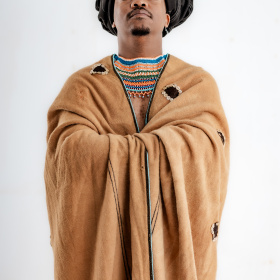
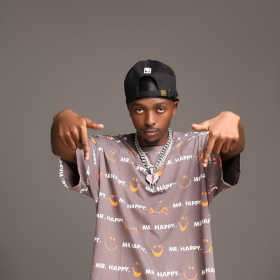

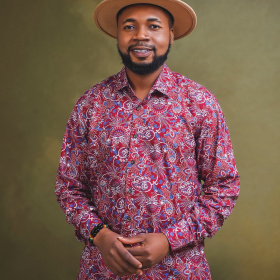
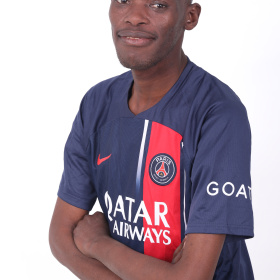
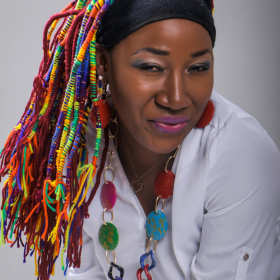
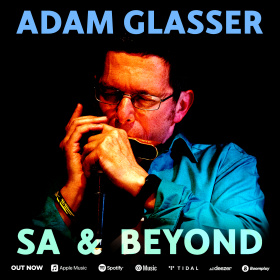
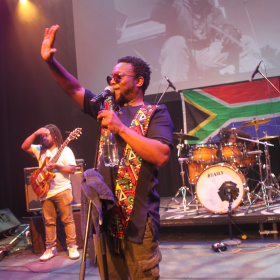

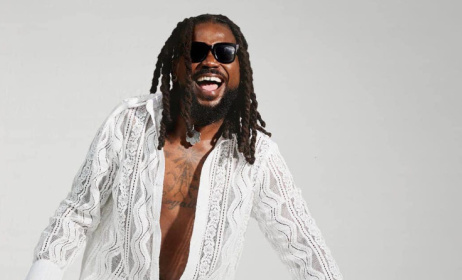



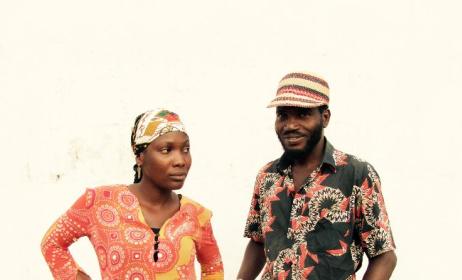


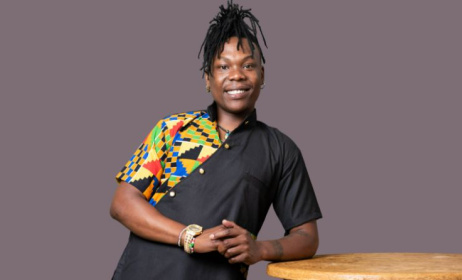

Comments